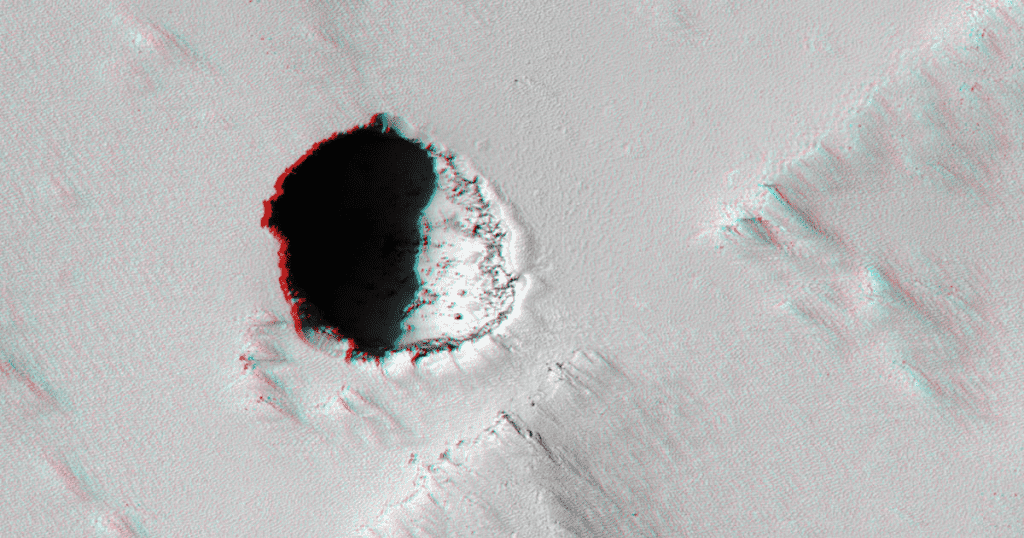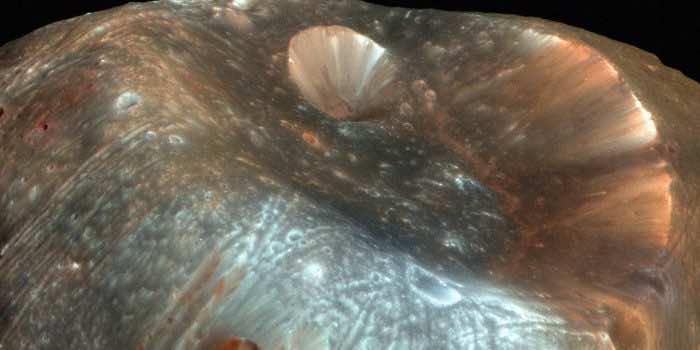The European Space Agency’s (ESA) Mars Express orbiter was launched in 2003 and it is still fully functional to an extent that it is still revealing new things.
The machine just had a fresh software upgrade to its Mars Advanced Radar for Subsurface and Ionosphere Sounding (MARSIS) instrument. This enabled the spacecraft to have more insight into Phobos which is one of Mars’ moons whose origins are still a mystery.
“We are still at an early stage in our analysis,” said Andrea Cicchetti, a MARSIS team member from Italy’s National Institute for Astrophysics, in a press release. “But we have already seen possible signs of previously unknown features below the moon’s surface. We are excited to see the role that MARSIS might play in finally solving the mystery surrounding Phobos’ origin.”

Phobos and Deimos are Mars’ two small moons, named after the Greek gods of fear and panic.
None of them look like our moon. They are small, with Phobos being less than 17 miles in diameter, and look more like lumpy asteroids than our round moon.
“Whether Mars’ two small moons are captured asteroids or made of material ripped from Mars during a collision is an open question,” said Mars Express scientist Colin Wilson in the release. “Their appearance suggests they were asteroids, but the way they orbit Mars arguably suggests otherwise.”
MARSIS has an antenna over 130 feet long and can shoot low-frequency radio waves that can penetrate deep into Phobos’ core. It is rare for waves to pass through the surface. The ones that do, bounce between the internal structures and boundaries of different materials in the mini-moon’s interior.

Scientists study these reflections acquired from a “radargram.” Bright lines in the radargram indicate harmless surface reflections, but the scientists say there’s evidence of fainter, “lower reflections” that could mean the existence of underground structures.
The ESA will be working with the Japanese Space Agency to gather samples from Phobos’ surface in the Martian Moon Exploration (MMX) mission, currently set to launch in 2024.


